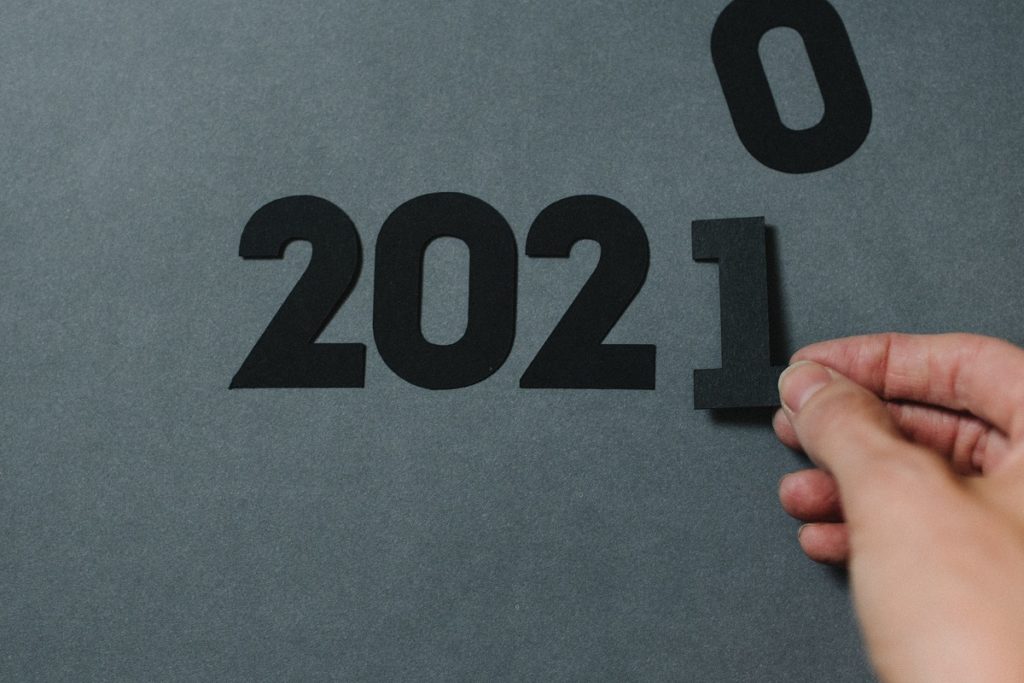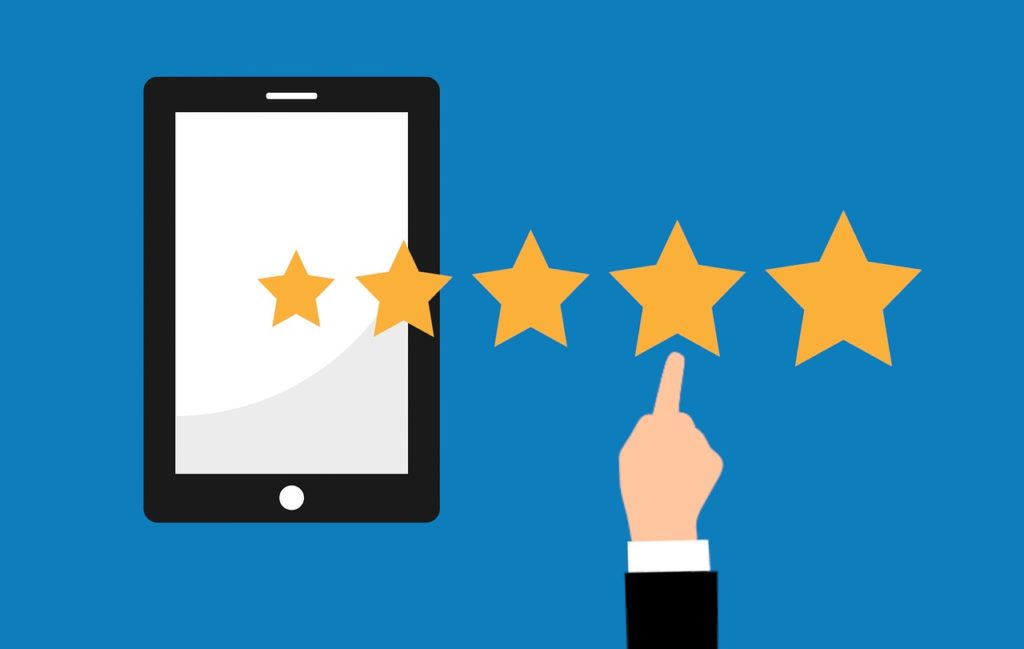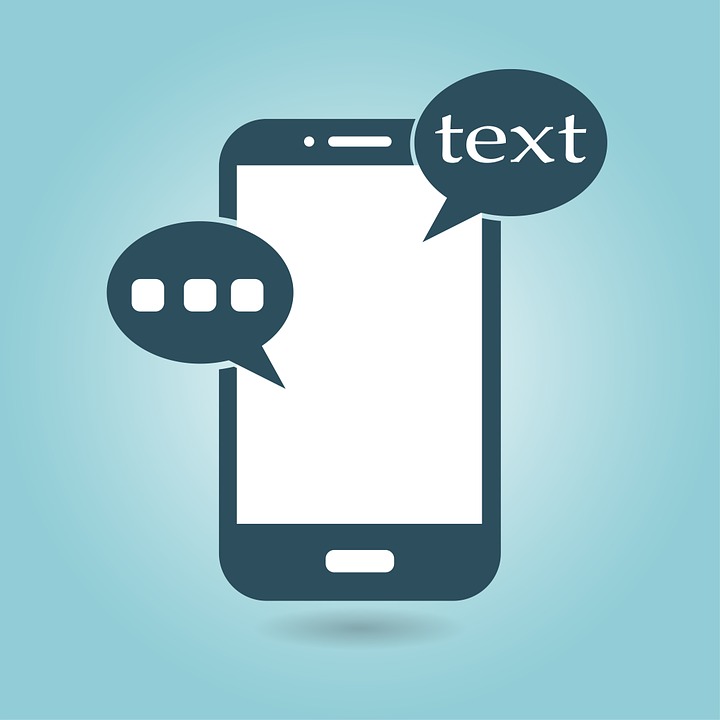7 Marketing Trends to Help You Win 2021

With 2021 well under way and a pandemic still affecting the way we live and market our local businesses, it’s time to look to the year ahead.
An unpredictable year has made businesses wary about investing too much into their marketing strategies, and that’s certainly understandable. But thriving in this new climate will require focusing on reaching and connecting with your customers, just like it did before COVID-19.
So instead of hiding our heads in the sand, we need to look around and assess how we can still serve consumers. Here are seven marketing trends that we think will be bigger than ever in 2021.
1. Online Reviews
Online reviews have and will continue to be a driving force for growing revenue in 2021. With people spending more and more time online the buying journey continues to be influenced by what others have to say about your business.
Did you know?
“88% of consumers trust online reviews as much as a personal recommendation”
Referrals and recommendations go hand-in-hand with online reviews. When someone recommends your company to another party, the first they do is to look you up online. They are looking for recent, relevant, and authentic reviews from their peers.
Are you generating a steady stream of positive reviews? Once you get a review, are you promoting it across all of your marketing channels, both online and off? Building social proof and the “know, like, and trust” factor is critical to closing more business.
Make it easy for your customer to write a review on places like Google My Business (see #7 below), Facebook, and (of course) WhirLocal.io. While Google is a priority, we still strongly believe that giving consumers a choice to write a review where they are most comfortable doing so is the right thing to do.

2. Continued growth of influencer marketing
Influencer marketing is still going strong — no surprises there.
But what kind of influencers? If we learned anything from the ultra-brief introduction and shutdown of short-form streaming service Quibi, it’s that big celebrity endorsements aren’t where it’s at.
Quibi spent their $450 million marketing budget on major network ads featuring stars like Liam Hemsworth and Sophie Turner. But in doing so, they completely ignored the way people prefer to receive marketing messages these days — by influencers and micro-influencers that have developed a close-knit following.
As we become more globally connected, people continue to seek out more and more niche communities of local like-minded peers. These communities are led by influencers, and their followers are active and engaged.
Continue to build long-term relationships with local influencers as ambassadors for your brand in 2021.
3. Use of SMS texting
Now more than ever, consumers are on their phones 24/7. How do you grow your business with this in mind? Communicate with prospects and customers with SMS texting!
Did you know?
“89% of consumers prefer to text a local business vs. using the phone”
How do you take advantage of this?
- Add an SMS website chat widget on your website (try it out on this page by clicking the chat icon in the lower right of this screen)
- Use a ‘smart number’ to allow prospects and customers to text or call you
Be open to new ways of having a conversation with your prospects and customers in the way that they want to communicate and it will help you close more business.

4. Greater focus on personalization
Your customers are talking — are you listening? Survey after survey shows that not only do people expect personalized marketing messages, but they prefer them.
72% of consumers say they’ll only engage with personalized messaging. And 90% are willing to share behavioral data for a cheaper and easier brand experience.
To reap the benefits of personalization, marketers have to go beyond the basics — addressing emails to the customer by name or letting them create an online user account. Instead, use more advanced techniques that take customer preferences into account.
Starbucks, for example, offers regular discounts through their loyalty app. But instead of offering the same deals to everyone, they offer personalized deals based on each customer’s purchase history.
While your small business probably doesn’t have as sophisticated an app as Starbucks, you can still offer more personalization by segmenting your email list or creating unique landing pages depending on how customers find your website.
5. Micro-communities
We turn to social media for connection. But the downside? Online discourse can get nasty. The relative anonymity of the internet leads people to say things they would never say in “real life.”
In a micro-community of like-minded people, however, internet users find supportive groups who share their interests. Members get to know each other, which keeps conversations more empathetic and friendly.
Instead of aiming for as many followers as possible, brands have begun hosting semi-private micro-communities across the internet. This is where their fans can talk about their products and provide support to each other.
In a time where authenticity is more valued than ever, these small groups provide a place for genuine, thoughtful discourse between your customers and your brand. These communities live in private Facebook groups, Slack channels, Discord, and invite-only Instagram accounts.
Another way to do this is to build a Hub on WhirLocal to create a micro-community around local places that you know, like and trust. As the host of a hub, you can position your brand as a leader in the space and help them discover local places and content that are worthy of their support.
Note: You can see examples of hubs we either manage or belong to on this page.
6. Interactive content
Let’s face it — we’ve been in a major content consumption spiral for most of 2020. With limited things to do, many of us have been binging blogs, social media, and Netflix since March.
We’re craving activity. But with the pandemic still raging (for now), that activity is still mostly online.
That’s why 2021 will be a big year for interactive content. Anything you can put out there to get your customers engaged will be a boon both to customers and to your consumer insights.
What is interactive content?
● Polls & surveys
● Quizzes
● Online tools
● Games
● Live chats
● Interactive timelines
The idea is to make your target customer part of the experience, rather than a passive consumer. Mix this type of marketing into your 2021 content marketing strategy for big results.
Try out our interactive survey here.
7. Google My Business
Your Google My Business account will continue to be a driving force in how people find your business. We like to say it is your most important listing on the internet, outside of your website and WhirLocal of course ;-).
When someone does a brand search for your company by name, your website should be very prominent, and your Google My Business listing (also known as a knowledge panel) should show up too! If your Google My Business listing is non-existing, not optimized, or otherwise lacking, you are losing out on business.
- Claim your listing
- Make sure you’ve selected the right business categories
- Optimize your photos and content
- Make it easy to connect with you with a schedule an appointment link
- Publish posts on a regular basis
Referring back to #1, getting reviews on Google My Business should also be a priority. The quality of your star rating and quantity of recent, authentic reviews definitely affects both your position in the search engines and in your prospects minds as they make buying decisions.

When it comes to online marketing most businesses feel overwhelmed and lost. At Third River, we help local businesses stand out from their competition so they can be confident in their marketing and grow their business.
If you’d like help with your marketing in 2021, schedule a call today.
